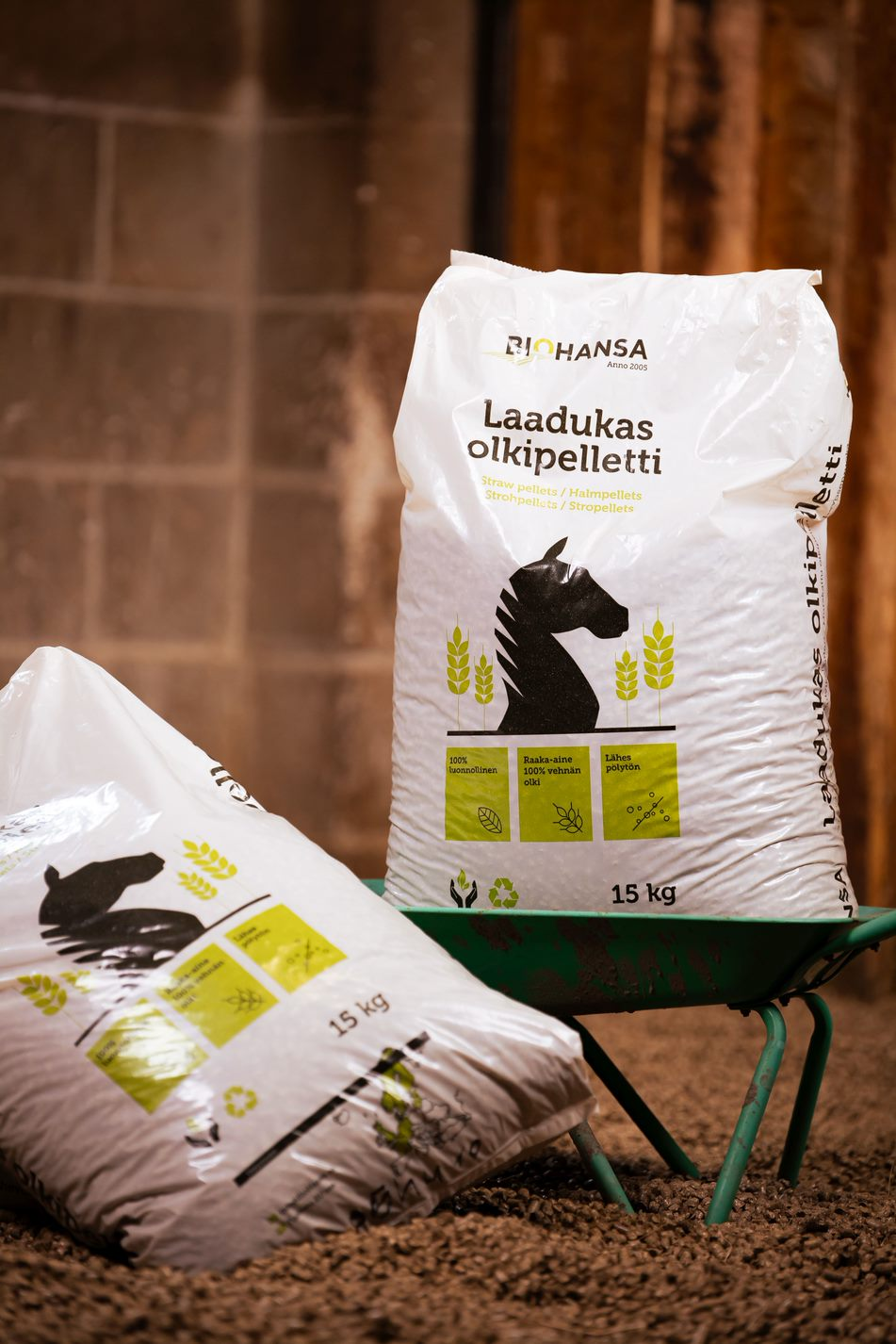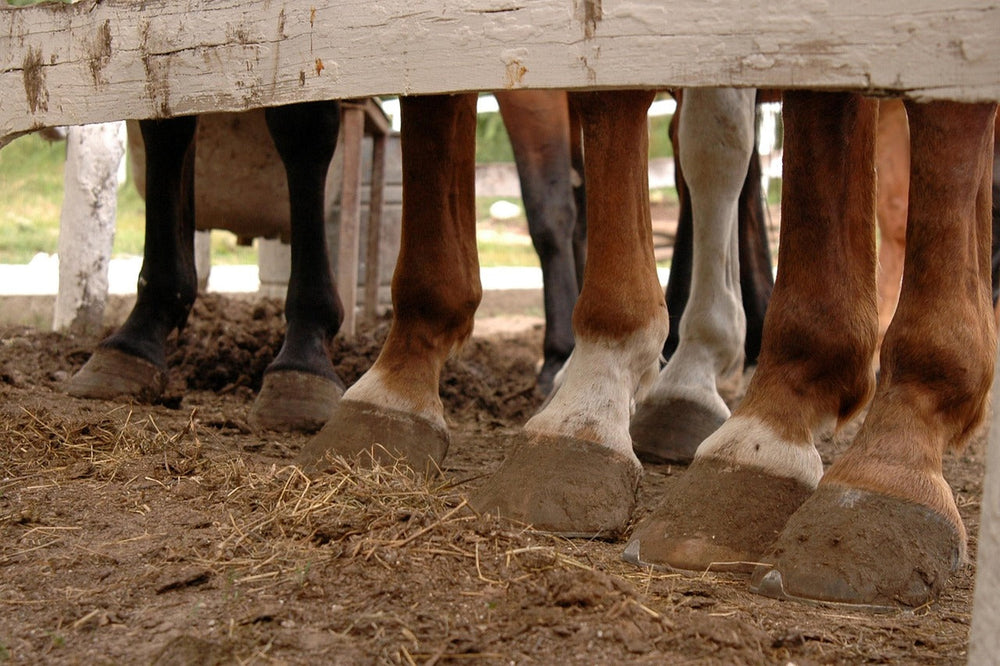As expectations around sustainability and animal welfare rise among both regulators and consumers, testing and adopting new bedding materials can help stables stay ahead of the curve and stand out.
In recent years, more eco-friendly bedding options have appeared on the market—challenging traditional materials like sawdust and peat. Two of Biohansa’s innovative alternatives are wood fiber and flax straw bedding.
Traditional Bedding Materials
The primary role of any bedding is to absorb moisture, lock in odors, and provide animals with a soft, comfortable resting surface. Sawdust has long been popular on farms and in stables thanks to its widespread availability and low cost. Peat, prized for its excellent absorbency and odor-binding capacity, is increasingly under scrutiny due to the environmental impact of peat-bog harvesting. Straw remains common—especially on cattle farms and in some horse stables—but its limited absorbency and slow biodegradation can pose long-term challenges.
Economic and Ecological Perspectives
Though newer bedding materials often carry a higher upfront price tag, their superior absorbency, durability, and reduced labor needs can deliver significant savings over time. Using less bedding and handling manure less frequently drives down overall costs, while higher-quality substrates help prevent respiratory and other health issues. From a circular-economy standpoint, Biohansa’s wood fiber repurposes a forestry by-product, and flax straw bedding converts agricultural residues into a valuable resource. Both are fully biodegradable and contribute to more carbon-neutral livestock production.
New Bedding Options
-
-
Made from a by-product of the wood industry, supporting circular-economy principles
-
Exceptionally absorbent and virtually dust-free, improving air quality and reducing respiratory risks
-
Hygienic, composts rapidly, and has a uniform structure for easy daily handling
-
Cost-effective in use, thanks to its high absorbency
-
-
-
Produced from the stalks left over after flax harvesting
-
Naturally antibacterial, it efficiently traps odors and moisture
-
Almost dust-free, ideal for animals with sensitive respiratory tracts
-
Rapidly compostable and serves as an excellent soil conditioner
-
Practical Experience & Availability
Farmers and stable managers report that both wood fiber and flax straw bedding improve animal welfare, simplify cleaning routines, and reduce manure-management labor. While regional availability can vary, interest in these sustainable materials is growing steadily. Since every operation differs in terms of herd size, ventilation, and management practices, it’s wise to trial new bedding types on a small scale to determine which works best in your specific setting.
Bedding Comparison
| Feature | Traditional Bedding | Wood Fiber | Flax Straw Bedding |
|---|---|---|---|
| Cost per m³ | Lower | Higher, but cost-effective | Higher, yet efficient |
| Absorbency | Variable | Excellent | Excellent |
| Dustiness | Often dusty | Nearly dust-free | Nearly dust-free |
| Environmental impact | Varies | Low | Low |
| Animal welfare | Depends on type | Very good | Very good |
| Compostability | Slow (peat, sawdust) | Fast | Fast |
Subscribe to the Biohansa newsletter! Get updates on new products and industry insights delivered straight to your inbox.






